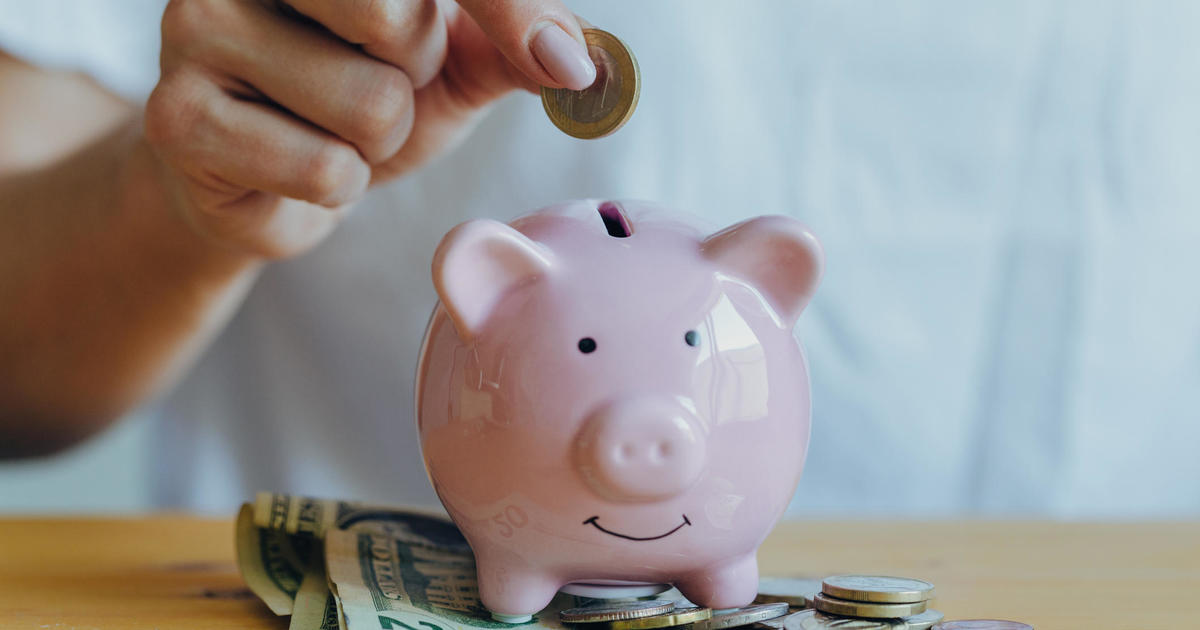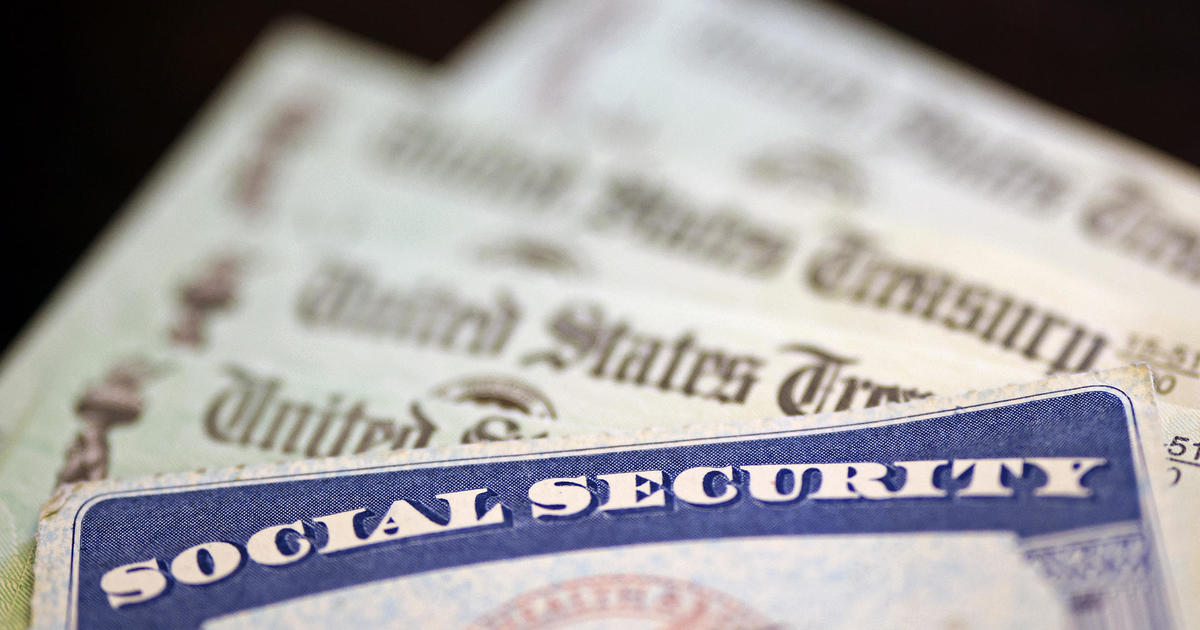401(k) plans favor rich people. Here's how to change that.
The 401(k) is the most common way in America to save money for retirement. But even before the coronavirus pandemic, that approach was failing most workers. Fully half of U.S. families have no retirement accounts whatsoever, according to the Federal Reserve.
Meanwhile, those who earn less tend to be left out: Less than 40% of lower-paid workers have retirement accounts, compared with 80% of middle- and upper-income families. Workers who do try to squirrel something away often fall woefully short, not saving enough, starting too late, or losing money through bad investment decisions or excessive fees. The median 401(k) today is worth a paltry $25,000, according to Vanguard.
One reason for this disparity is that lower-paid workers have less money to start with, and most of it is spent on day-to-day living expenses. What's more, the main draw of a 401(k) — the ability to save tax-free — is essentially a subsidy that doesn't do much for low-wage earners given that they don't pay much in income taxes. In other words, a low-paid worker gets no tax advantage from putting $10 into a retirement account and would likely find it more helpful to put the money toward their bills.
By contrast, an employee in the top federal tax bracket who puts money into a 401(k) gets a boost of 37% — the portion she would otherwise pay in income tax on those funds. Last year, tax breaks for retirement savings cost the government $153 billion — more than it spent on Social Security disability benefits. Most of those benefits go to the top 20% of earners, according to the Center on Budget and Policy Priorities.
"The government gives subsidies for people at the top to save," said Teresa Ghilarducci, director of the New School's Retirement Equity Lab in New York City. Rich and poor people, she added, "face completely different worlds of retirement savings. It's really a tale of two savings regimes."
Evening the playing field
Ghilarducci is one of the authors of a bold new proposal to greatly expand the benefits of 401(k) savings. The plan would enroll all U.S. workers in a program akin to the federal Thrift Savings Plan (TSP), a 401(k)-like vehicle for federal employees. Essentially, all workers would automatically be put into a beefed-up 401(k) — with a generous government match and lower fees.
Such a plan could have a dramatic effect for the lowest-paid workers. Today, the lowest-earning quarter of U.S. households earn about $29,500 a year and have a total of $1,380 in financial assets. If that money were put in a TSP-like account with a similar employer match, a worker could expect to see, conservatively, $35,000 in savings after 10 years. If the plan's returns were similar to the stock-market average, that balance would increase to $43,000 after a decade and $126,000 after 20 years.
Ghilarducci's co-author in developing the retirement plan — Kevin Hassett, the former White House economist who is now a distinguished visiting fellow at the conservative-leaning Hoover Institution at Stanford University — may seem like an unlikely collaborator. Hassett is a longtime skeptic of inequality who has argued that looking at income differences between Americans overstates the rich-poor gap. He also once called Democrats "economically illiterate" for trying to limit corporate stock buybacks, which disproportionately benefit the wealthy.
Yet the devastating recession that followed the coronavirus pandemic, along with last year's nationwide protests that followed the police killing of George Floyd, convinced Hassett that wealth inequality is "destabilizing society," he told CBS MoneyWatch.
"You couldn't look at last year's events and not think so," Hassett said. "The folks who went into the pandemic with money in the market, they had a pretty easy time of it. But half of Americans didn't really benefit from that."
Eliminating bad habits
Hassett called TSPs "the best policy our government has ever designed" because they are built to get around many of the ingrained habits that lead workers to under-save. Eligible workers are automatically enrolled in a plan, instead of having to actively sign up, and their employer matches a portion of their salary — a policy that has been shown to dramatically boost retirement savings. Savers can choose from a few relatively simple investments and pay low fees.
By most metrics, Thrift Saving Plans are remarkably successful, with more than 90% of workers who are eligible for a TSP electing to participate, even among the lowest earners. At nearly 6 million workers covered, it's the largest retirement savings plan in the nation.
"We want to take this simple, well-designed product and expand it to everyone," Ghilarducci said.
Inequality in the spotlight
At a time when wealth inequality is near record levels and the subject of contentious Senate hearings, Hassett and Ghilarducci are hoping their plan will have bipartisan appeal. For one, it doesn't mention increasing taxes, focusing instead on "wealth creation" for the poorest — an idea that many conservatives say they support.
The plan would require federal spending because it requires the government to kick in some portion of a worker's income, but Hassett believes the costs are worth it. A 3% salary match for all workers would cost about $60 billion annually, the authors calculate — half of what the nation spent on food stamps this year. And by allowing workers to invest their savings in private markets at a higher rate of return, the government would eventually reap the benefits of that investment in the form of future taxes on their withdrawals.
The authors have taken the proposal to political leaders, "and we've gotten positive responses," Hassett said. "If you're worried about the future of free enterprise, you should allow low-income people to save right now," he added.
For her part, Ghilarducci sees the policy as a safeguard against future income shocks. She estimates that about 400 people have written to her since the start of the pandemic, asking for advice on setting up long-term savings
"Middle-income people are trying to save for the future," she said. "We are in a moment of hope, and people want hope long-term."



